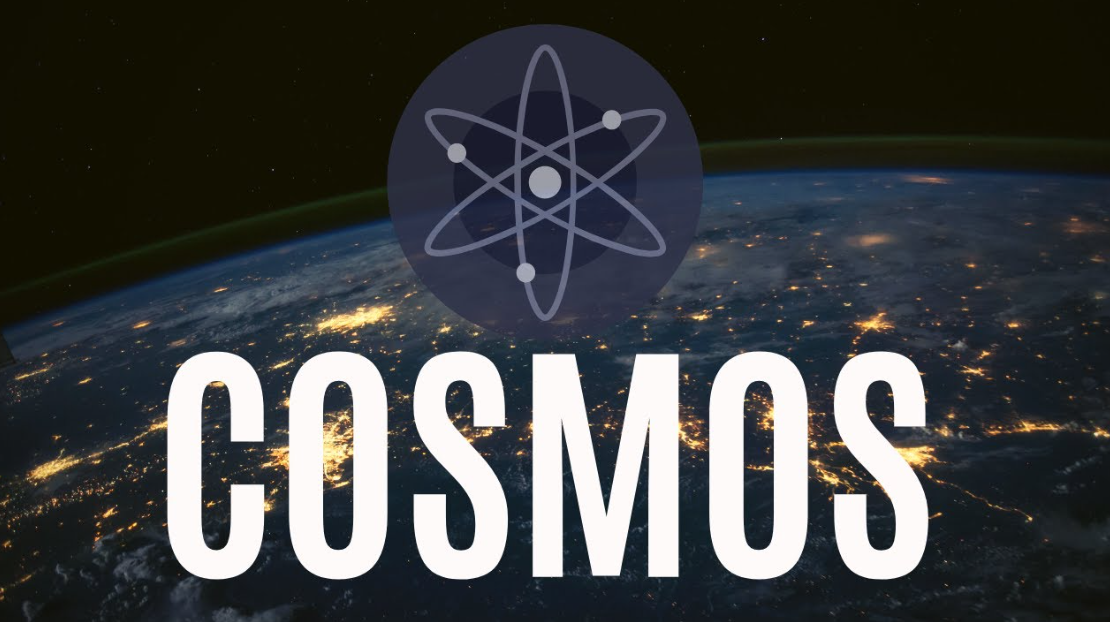What is Polygon Network? Polygon is a decentralized network that uses PoS as a consensus mechanism. Its native ERC-20 token, MATIC, is used for staking on the Polygon mainnet and Ethereum blockchain. Users can also delegate MATIC tokens to Polygon validators and participate in network governance by submitting Polygon Improvement Proposals. The Polygon network is compatible with MetaMask, a popular wallet for Ethereum. Its community is also active, with many developers creating DApps on the network.
Main chain
Polygon is one of the most innovative DeFi projects with a promising future. This project offers developers a large set of tools and modules for building applications, as well as full support for the Ethereum Virtual Machine. The project also boasts a wide range of integration options, including a Plasma sidechain, PoS blockchain bridge, and optimistic rollups.
The Polygon network is designed to provide a scalable solution for fast transactions without compromising security. The Polygon network’s openness, scalability, and interoperability could make it an important technology for Web3 – an open, decentralized and interconnected Internet. Furthermore, the platform has an extensive ecosystem with a variety of tools, including wallets, DeFis, and DAOs.
Polygon uses a Proof of Stake (PoS) consensus model for its transaction network. The Polygon network’s validators contribute new transactions to the blockchain, and in return, they are rewarded in MATIC tokens. This reward is proportional to the amount of MATIC staked and the number of transactions in the network. Staking can be done on one’s own node or via third-party platforms.
Polygon offers cheaper transactions and gas fees, which are orders of magnitude lower than on Ethereum. The Polygon network has also made a commitment to security and Ethereum, making it an ideal choice for developers and users. The company is well-respected and trusted by millions of users. You should consider joining the Polygon network if you want to take advantage of the many benefits it offers.
Polygon uses a modified Proof of Stake algorithm. The network has several sidechains connected to the Ethereum mainnet. These sidechains process transactions off the main chain, allowing for higher network scalability. In addition, the Polygon blockchain can be interoperable with other blockchains.
MATIC is the main cryptocurrency in the Polygon ecosystem. It is used for gas fees, staking, and governance. The token has a limited supply of 10 billion coins. Its price has risen by over 120% during two major crypto market corrections this year. It also experienced a price surge in May as DeFi protocols switched to Polygon’s Ethereum sidechain to avoid high gas fees.
Commit chain
A polygon network uses a sidechain architecture to manage its transactions. However, this method is vulnerable to bugs and miscreants in the validator pool. In order to maintain the integrity of the network, validators must first stack MATIC tokens on Ethereum and then verify checkpointing results. After two-thirds of validators have confirmed a checkpoint, the data is sent to the Ethereum blockchain. The network also uses a rewards system that rewards validators with MATIC tokens. The user transaction fee and staking reward are distributed to validators as MATIC tokens.
The Polygon network has several advantages over a standard sidechain. In particular, it leverages the Ethereum blockchain, which is the undisputed champion in smart contract development. As a result, developers can use familiar tools to work on the network. For example, Polygon supports Truffle, Remix, Web3js, and Infura. Recently, Truffle announced support for Polygon PoS. Apart from this, the two networks are largely similar.
Polygon’s staking system uses the proof-of-stake consensus mechanism. This method generates new MATIC tokens while protecting the network. The process of staking involves two key players, validators and delegators. Each stake has a certain value, based on the utility of the network. This means that the Polygon network can process tens of thousands more transactions per second.
Polygon’s main goal is to help developers scale their Ethereum applications by providing a scalable infrastructure. The Polygon network is able to process up to 65,000 transactions per second while maintaining decentralization and security. It also offers a Polygon SDK, a framework that enables developers to create custom Ethereum-compatible solutions.
The Polygon ecosystem has seen a tremendous amount of growth over the past few months. Its native tokens have skyrocketed in value, and a growing number of DeFi projects have popped up. Eventually, this ecosystem will be able to become an aggregator of scaling solutions for other crypto-assets.
The Polygon network is powered by MATIC, a native token that is used for settlement and payment. MATIC is an ERC-20 token, and it is compatible with many Ethereum-based digital currencies. The MATIC tokens help software developers and ecosystem contributors build and run dApps on the Polygon network.
Proof of stake
Polygon is a blockchain network that uses Proof of Stake (PoS) for its network infrastructure. This system requires all participants to lock MATIC tokens in smart contracts and create new blocks. In return, they are rewarded with a certain percentage of the transaction fees that are generated by the blocks. Polygon’s PoS sidechain can handle thousands of transactions per second. It’s also backed by a secure, battle-tested core.
The main goal of Proof of Stake is to provide fast transactions and low fees. Although Polygon is a decentralized network, it still lacks Ethereum’s “Shard Chains” technology that makes Ethereum faster and cheaper. Polygon’s sidechains, also known as second layers, are designed to process transactions without placing a large load on the main chain.
Polygon’s staking calculator and support page provide useful tools for calculating stake amounts. The platform also has links to the Polygon explorer. Users can also view important statistics about Polygon’s network. This includes a chart that shows how many validators are currently participating in the network. It also shows the commission rate and how much the network pays to validators.
To send funds from one network to another, it’s important to use a non-custodial wallet such as MetaMask to send cryptos to the other. This way, users won’t have to spend extra time transferring funds from their wallet to another. A Proof of Stake bridge also allows users to easily transfer funds between the two chains. A transfer of funds is relatively simple, and takes between two and seven days. To do so, users must ensure that their wallets have been connected. After completing the steps outlined above, they can use the MetaMask wallet to send cryptos to the Polygon network.
Proof of Stake is a consensus mechanism that rewards token holders for keeping the network running and verifying transactions. This means that holders of MATIC must be willing to stake their tokens on the Polygon network.
Security-as-a-service
The Polygon network security-as-a service allows developers to create blockchain projects with complete security and control over their data. Its multi-layer architecture and modular features allow developers to choose and swap security solutions for a specific application. This approach is flexible and customizable, and it has been designed with developers in mind.
The Polygon network is based on the Ethereum sidechain. It has a large user base with over $1.8 million. Moreover, it has a highly engaged social media following. Its main Twitter account receives a high organic engagement and it maintains a full schedule of hackathons and conferences. However, the Polygon network experienced a hack in early December 2021, where 801,601 MATIC tokens were stolen. The attacker had exploited a vulnerability in the PoS genesis contract of Polygon. However, the Polygon team discovered and quickly introduced a fix. Within 24 hours, the core developers had upgraded 80% of the network.
Several security solutions are offered by Polygon. Developers can select between plasma or PoS contracts, or a hybrid security solution. With the use of smart contracts, developers can choose the security solution that best suits their needs. Typically, a plasma bridge requires a seven-day withdrawal period, while a PoS bridge allows faster withdrawals.
Polygon network security-as-a service also offers an Ethereum layer. The Ethereum layer provides high-level security and is implemented as a set of smart contracts. These contracts provide staking, checkpointing, stacking, and dispute resolution. In addition, the Polygon security-as-a-service platform includes a sidechain, a semi-independent blockchain which works in tandem with the main chain.
While the Ethereum ecosystem is growing and new use cases develop, the need for Polygon services will continue to grow. As fees get lower, throughput will be required to meet transaction demand. Therefore, the Polygon network security-as-as-service will be in high demand.
During the first half of 2021, Ethereum became the most dominant blockchain. However, many users were suffering from high gas fees. These fees averaged over 100 gwei and skyrocketed to 350 gwei at their peak. With such high gas prices, a single Ethereum transaction can cost tens to hundreds of dollars.




